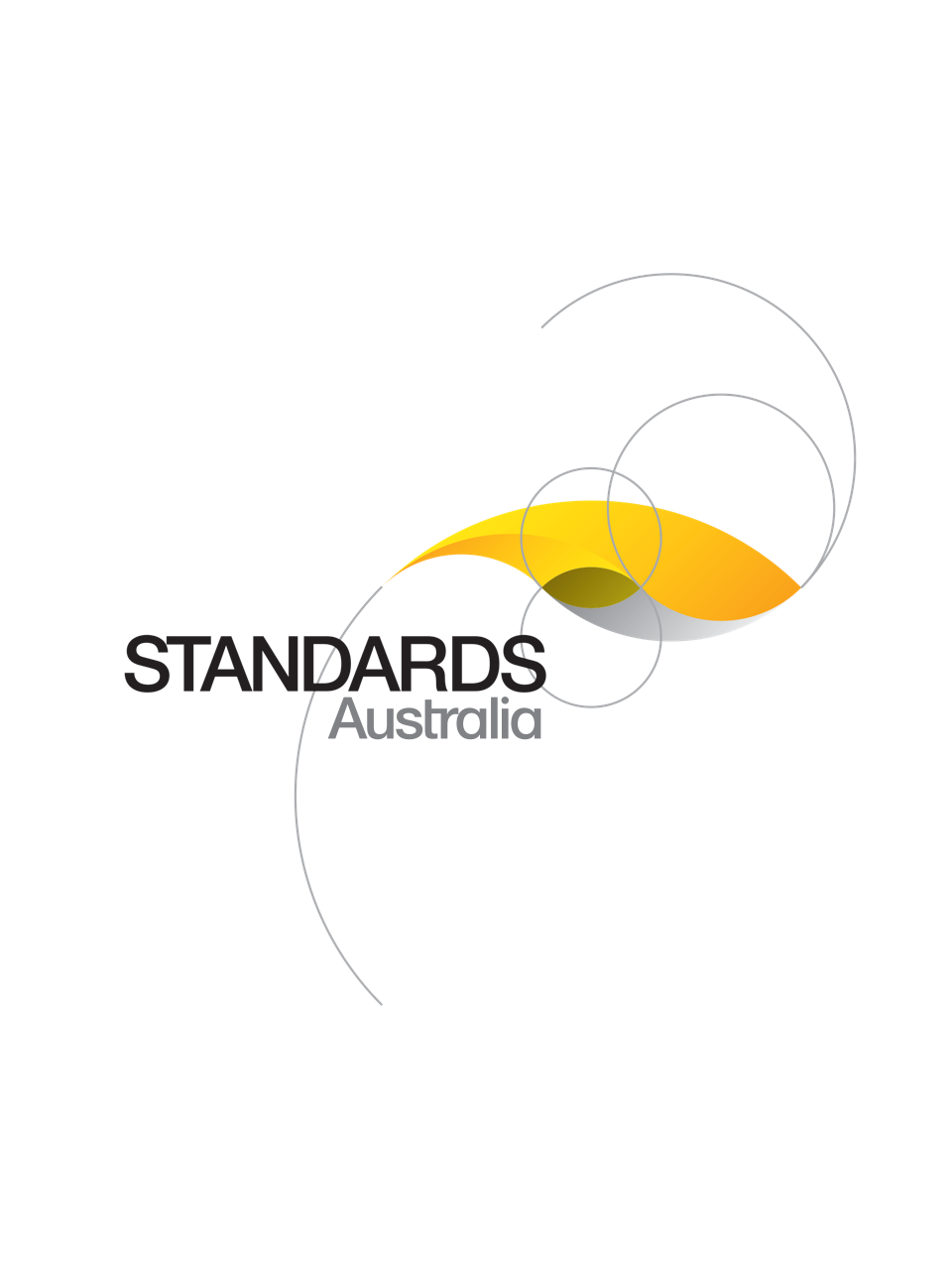Technical Report
Track updates
SA/SNZ TR ISO 16840.9:2015
[Current]Wheelchair seating, Part 9: Clinical interface pressure mapping guidelines for seating
Adopts ISO/TR16840-9:2015 which guides users in the performance of the tasks that are directly involved in the clinical use of interface pressure measurement (IPM) or are synergistic with its use in a comprehensive wheelchair seating evaluation.
Published: 17/08/2015
Pages: 18
Table of contents
Cited references
Content history
Table of contents
Header
About this publication
Preface
Introduction
1 Scope
2 Definitions and glossary
2.1 Calibration
2.2 Coefficient of Variation (CoV)
2.3 Conformity
2.4 Contact area
2.5 Creep
2.6 Dispersion Index (DI)
2.7 Envelopment
2.8 Fomite
2.9 Hysteresis error
2.10 Immersion
2.11 Pressure, stresses, and forces
2.11.1 Axial strain (ε)
2.11.2 Perpendicular force (FP)
2.11.3 Pressure (p)
2.11.3.1 Average pressure
2.11.3.2 Peak pressure
2.11.3.3 Peak pressure index (PPI)
2.11.4 Shear force (FS)
2.11.5 Shear stress (τ)
2.11.6 Shear strain (γ)
2.11.7 Friction force
2.12 Sensor saturation
3 Applications
3.1 Cushion comparison
3.2 Wheelchair set-up
3.3 Client/caregiver education
3.4 Dynamic activity
3.5 Relevance to activities of daily living
4 Test protocol in a clinic
4.1 Infection control
4.1.1 Wash hands
4.1.2 Avoid cross-infection
4.1.3 Protect the mat
4.2 Setting up
4.2.1 Set up mat
4.2.2 Prepare test protocol
4.2.3 Prepare client file
4.2.4 Be consistent
4.2.5 Check mat orientation
4.2.6 Check mat position
4.2.7 Smooth mat into cushion
4.2.8 Acclimatize test cushions
4.3 Transferring the client and getting the client into position
4.3.1 Transfer boards
4.3.2 Remove unnecessary items
4.3.3 Post-transfer checks
4.3.4 Consistency between tests
4.3.5 Settling time
4.4 Introducing pressure mapping to the client
4.4.1 Position of the screen
4.5 Capturing data
4.5.1 Identify position of bony prominences
4.5.2 Record one or more images
4.5.3 Repeat the process
4.5.4 Check the images
4.5.5 Validate the images
5 Documentation
5.1 File naming protocol
5.2 File location
5.3 Make notes immediately
5.4 Reporting
5.5 Photo documentation
5.6 Data back-up
6 Interpretation
6.1 An unexpected image
6.2 An image that is not ideal
6.3 The image shows nothing abnormal
6.4 IPM views and metrics
6.4.1 Isobar (2-D)/contour view
6.4.2 3-D/surface view
6.4.3 Centre of pressure (CoP)
6.4.4 Gradient
6.4.5 Asymmetry
6.4.6 Interpolation
6.4.7 Smoothing
7 Limitations
7.1 Prediction of pressure injuries
7.2 Microclimate
7.3 Clothing
7.4 Repeatability and relative values
7.5 Influence of posture
7.6 Sampling frequency
Bibliography
Cited references in this standard
